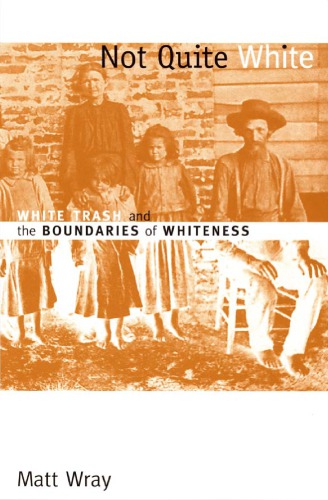

Most ebook files are in PDF format, so you can easily read them using various software such as Foxit Reader or directly on the Google Chrome browser.
Some ebook files are released by publishers in other formats such as .awz, .mobi, .epub, .fb2, etc. You may need to install specific software to read these formats on mobile/PC, such as Calibre.
Please read the tutorial at this link: https://ebookbell.com/faq
We offer FREE conversion to the popular formats you request; however, this may take some time. Therefore, right after payment, please email us, and we will try to provide the service as quickly as possible.
For some exceptional file formats or broken links (if any), please refrain from opening any disputes. Instead, email us first, and we will try to assist within a maximum of 6 hours.
EbookBell Team

4.7
46 reviewsMatt Wray answers these & other questions by delving into the long history behind this term of abuse & others like it. Ranging from the early 1700s to the early 1900s, Not Quite White documents the origins & transformations of the multiple meanings projected onto poor rural whites in the United States. Wray draws on a wide variety of primary sources—literary texts, folklore, diaries & journals, medical & scientific articles, social scientific analyses—to construct a dense archive of changing collective representations of poor whites.
Of crucial importance are the ideas about poor whites that circulated through early-twentieth-century public health campaigns, such as hookworm eradication & eugenic reforms. In these crusades, impoverished whites, particularly but not exclusively in the American South, were targeted for interventions by sanitarians who viewed them as “filthy, lazy crackers” in need of racial uplift & by eugenicists who viewed them as a “feebleminded menace” to the white race, threats that needed to be confined & involuntarily sterilized.
Part historical inquiry & part sociological investigation, Not Quite White demonstrates the power of social categories & boundaries to shape social relationships & institutions, to invent groups where none exist, & to influence policies & legislation that end up harming the very people they aim to help. It illuminates not only the cultural significance & consequences of poor white stereotypes but also how dominant whites exploited & expanded these stereotypes to bolster & defend their own fragile claims to whiteness.